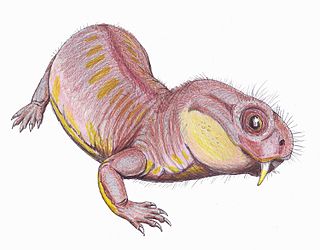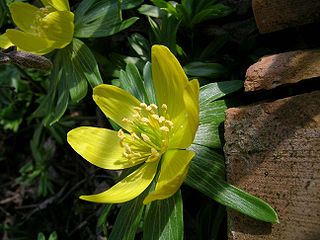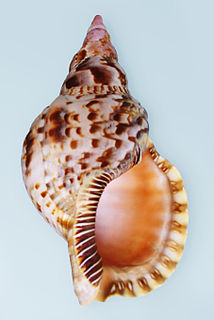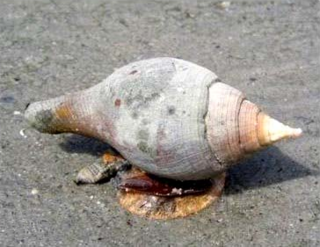| Look up Robertia in Wiktionary, the free dictionary. |
Robertia Boonstra, 1948, is an extinct genus of therapsids.

Robertia is an extinct genus of small herbivorous dicynodonts from the Middle to Late Permian of South Africa, between 260 and 265 million years ago. It is a monospecific genus, consisting of the type-species R. broomiana, which was classified by Lieuwe Dirk Boonstra in 1948 and named in honor of Robert Broom for his study of South African mammal-like reptiles.
Robertia may also refer to:
Animals:
- Robertia Travassos & Kloss, 1961, a synonym of the nematode genus Traklosia
- Robertia Saaristo, 2006, a synonym of the spider genus Seycellesa
Traklosia is a genus of nematodes. The genus was originally circumscribed in 1961 under the name Robertia; L. Travassos and G. R. Kloss created this genus for their newly-described species R. leiperi. The nomen novum, Traklosia, was created for this genus in 2015 — Robertia was an invalid name due to a senior homonym. It consists of three species found in Brazil and Cuba, and they are parasites of millipedes.

Seycellesa is a genus of spiders in the family Theridiidae. It consists of only its type species: Seycellesa braueri, which is endangered and endemic to the Seychelles.
Plants:
- Robertia Mérat, an invalid synonym of Eranthis (Ranunculaceae)
- Robertia Scopoli, an invalid synonym Sideroxylon (Sapotaceae)

Eranthis is a genus of eight species of flowering plants in the buttercup family Ranunculaceae, native to southern Europe and east across Asia to Japan. The common name comes from the early flowering time and the resemblance of the leaves to those of the related genus Aconitum, the true aconite. Like the notoriously toxic AconitumEranthis is poisonous, although its chemistry is different, the toxic compounds present being mainly cardiac glycosides of the bufadienolide group similar to those found in Adonis vernalis, rather than the extraordinarily virulent alkaloids of Aconitum.

Sideroxylon is a genus of trees in the family Sapotaceae described as a genus by Linnaeus in 1753. They are collectively known as bully trees. The generic name is derived from the Greek words σιδηρος (sideros), meaning "iron", and ξύλον (xylon), meaning "wood."






